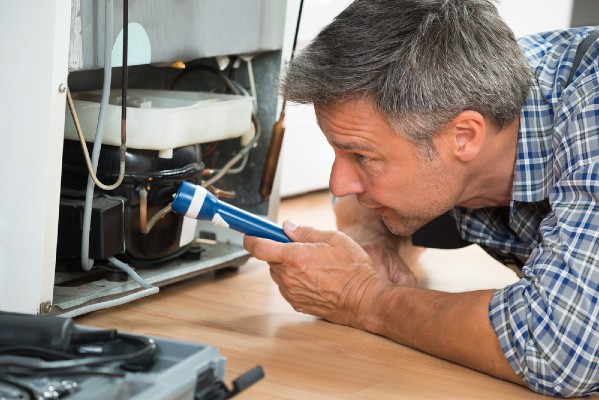
Companies are supposed to design and manufacture safe products. No matter what the product is, it should be reasonably safe and, if necessary, come with clear instructions and warnings. Unfortunately, that is not always the case.
Manufacturing flaws (defects) are caused by errors in making the product; they are not intended to be part of the product. Typically, manufacturing flaws will be found in a small number of products, such as ones manufactured in a defined time frame during which the flaw existed.

Design flaws are part of the original design, causing the product to be unreasonably unsafe or creating a hazard for users.
Failure to Warn, aka, marketing flaws. This means that the manufacturer (or others) failed to properly warn consumers about dangers or risks posed by the product and/or did not provide adequate warnings or instructions for using the product safely, preventing injury from foreseeable risks.
When a warning label is required, it should be highly visible and placed as close to the area of the hazard as possible. A proper warning label should clearly explain:
Instructions must be concise, accurate, and tailored to users with different levels of expertise. Inadequate instructions can lead to serious accidents.

To evaluate a product’s warning label, consider:
Our Kansas City-based legal team is skilled in consumer protection laws and product liability litigation. We’re here to help you understand your rights and build a compelling case.
Any company that designs, manufactures, sells, or distributes a dangerous or defective product could potentially be held liable if it causes or contributes to a person’s injury or wrongful death, starting with the company that made the product, to the store that sold it to the end consumer. One or all in the distribution chain may be held liable.
❗ You don’t need to be the direct purchaser to file a claim. If someone gifted the product to you and you were injured using it, you may still have grounds for a lawsuit.
Establishing legal fault can be complex, sometimes requiring the testimony of experts, and every state has its laws that may affect a case. An experienced product liability attorney can answer your questions.
Questions? Contact our office at (877) 284-6600.
If you or a loved one has been seriously injured by a defective product, arrange a consultation with the defective product lawyers at the Nash & Franciskato law firm in Kansas City. Here are crucial steps to take:

If you or a loved one suffered an injury due to a defective product, you may have a product liability case. Contact the law offices of Nash & Franciskato at (877) 284-6600. One of our experienced staff members will speak with you personally and will provide you with a free, no-obligation review of your case.
CONTACT US FOR A FREE REVIEW OF YOUR CASE
Would you like to receive news and blog updates regularly? Sign up to receive our email newsletter. Your email address will only be used to send you our newsletter and respond to inquiries.
Past results afford no guarantee of future results, and each case is different and is judged on its own merits. The choice of a lawyer is an important decision and should not be based solely upon advertisements.
Editor’s Note: This post was originally published June 1, 2020. It was reviewed on May 16, 2024, and again on July 9, 2025, updated for content and accuracy, and republished at this time.
Photo Credits: